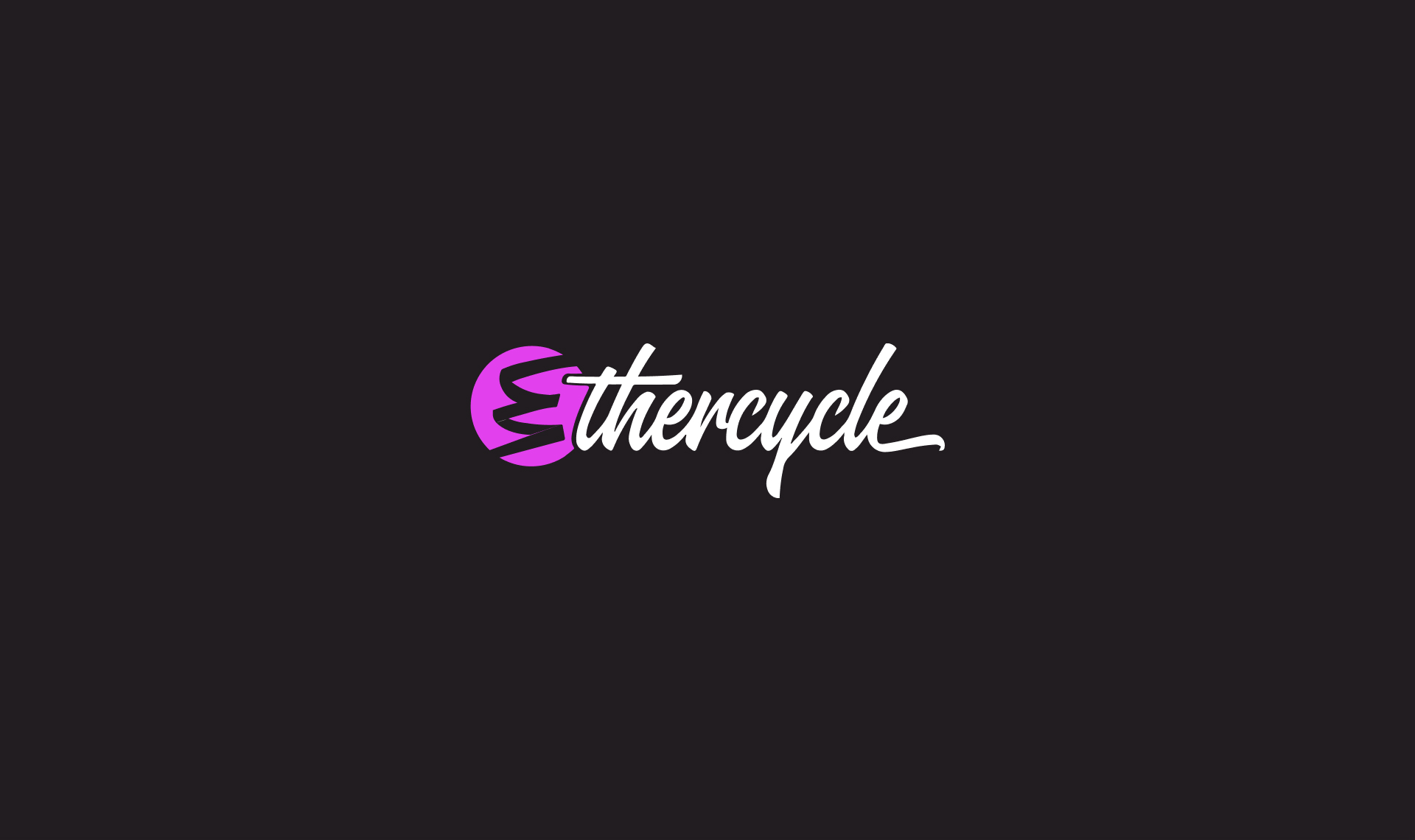
I read the NYTimes piece "How Companies Learn Your Secrets" and was fasincated by people's reactions to Targets data mining practices. In our experience, businesses have the best intentions. They want to provide the best experience for their customers, and they dont want to risk annoying people through irrelevant advertising.
Data mining lets businesses effectively target tailored ads to highly specific audiences. Where people become wary is when they realize that information is being used that they never explicitly told the advertiser. If I give an advertiser information about me, its as if Im opting-in to the advertising and that gives me a sense of control. When I dont know the source of an advertisers information about me, its an eerie feeling. Even if they just extrapolated the information based on people like me, so long as it was an accurate assumption, it will appear to me as an invasion of privacy. The difference between "helpful" and "creepy" in advertising is choice.
One way to not be creepy is to be very transparent about your practices. Targets stone-walling of the NYTimes reporter isnt transparent. If people understood that targeted marketing is about statistical probabilities, and not someone poking around in their garbage cans at night, then they may feel differently. In this case, transparency is the difference between looking like a statistician and looking like a stalker.
Data mining lets businesses effectively target tailored ads to highly specific audiences. Where people become wary is when they realize that information is being used that they never explicitly told the advertiser. If I give an advertiser information about me, its as if Im opting-in to the advertising and that gives me a sense of control. When I dont know the source of an advertisers information about me, its an eerie feeling. Even if they just extrapolated the information based on people like me, so long as it was an accurate assumption, it will appear to me as an invasion of privacy. The difference between "helpful" and "creepy" in advertising is choice.
One way to not be creepy is to be very transparent about your practices. Targets stone-walling of the NYTimes reporter isnt transparent. If people understood that targeted marketing is about statistical probabilities, and not someone poking around in their garbage cans at night, then they may feel differently. In this case, transparency is the difference between looking like a statistician and looking like a stalker.
